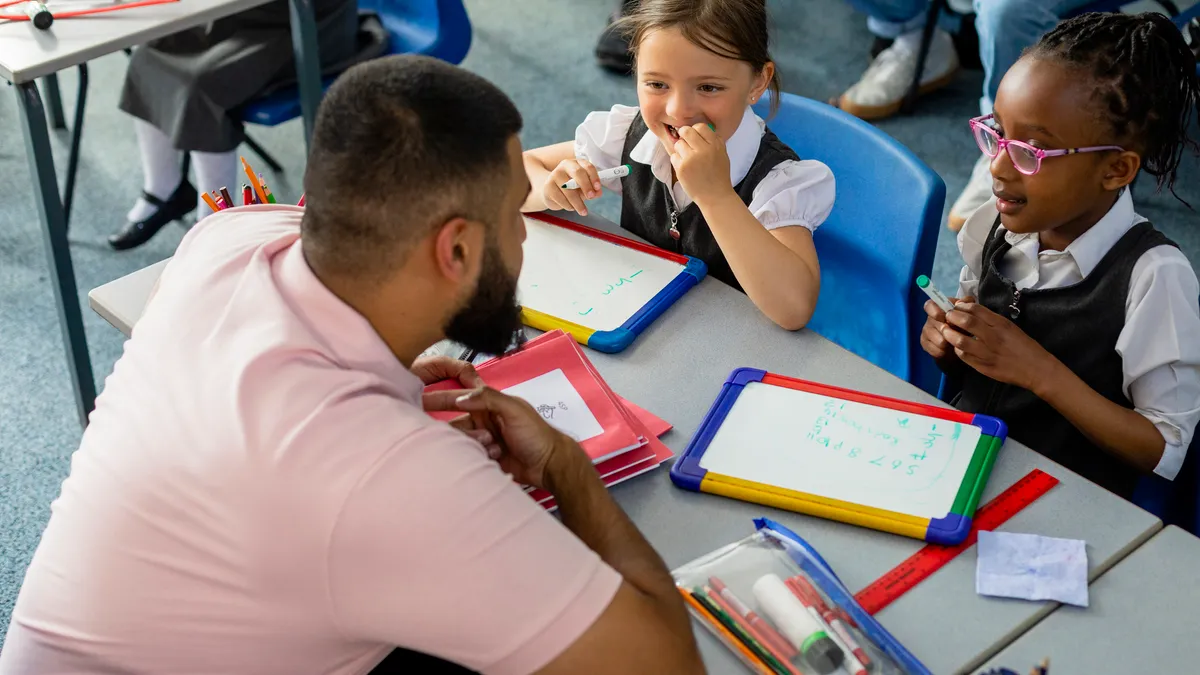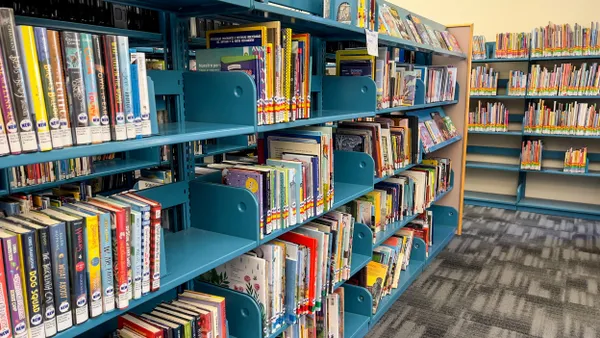Dive Brief:
- Knowing how to deliver and receive constructive feedback is a skill students can use in school and when they join the workforce — and it can be developed at any grade and in any course, said Heather Schwartz, practice specialist for the Collaborative for Academic, Social, and Emotional Learning.
- A key instructional point is to explain to students that while critiques are designed to remedy someone else’s work or point out mistakes, their goal in providing constructive feedback is to explore the point of view a student experienced as they read or viewed a classmate’s project or presentation.
- “Part of this is helping students understand feedback isn’t about fixing something,” Schwartz said. “Feedback helps us understand what our audience received from what we put out there.”
Dive Insight:
Knowing how to offer constructive feedback is a skill that benefits both the giver and receiver. These exercises help peers see how their work has landed while allowing reviewers a chance to voice their thoughts, as well.
A supportive classroom culture where students feel respected and heard helps to encourage that kind of back and forth. Teachers can support this practice by modeling the behavior themselves.
“Educators can review a short piece and provide their own ‘wondering and wow,’” said Schwartz, referring to a practice she used with students as a former 7th-grade teacher, in which she explored her thoughts about an assignment — but not corrections.
Schwartz said educators should not focus on making sure feedback is extensive, nor should they limit students to verbal expressions. For example, young students could draw a picture of an image that stood out to them as they listened to a story. In an article for Edutopia, Darcy Bakkegard, a teacher ambassador for Prairie Public Broadcasting with experience as an English and theater teacher and professional development coach, suggests using a short quiz to let students rate a presentation as a form of feedback. Ultimately, any method should help students feel their point of view is valid, which may prompt more learners to share.
Schwartz also suggested that teachers should support students receiving feedback. Learners should feel comfortable listening to polite critiques while knowing they don’t have to act upon every suggestion and thought.
As an example, she said a chef who has prepared a menu item may find some diners remarking the dish is too salty, while some think it’s just right. The chef could alter a dish or decide it’s perfect the way it is. Learning to listen to thoughtful comments without feeling attacked or defensive helps students develop more awareness of their own opinion while remaining grounded in their points of view.
“You may receive feedback you may not agree with, and that’s OK,” said Schwartz. “What’s important is you were able to be present for and listen graciously and be respectful of the feedback given respectfully, and then use it in a way that’s beneficial to what you’re trying to achieve.”












